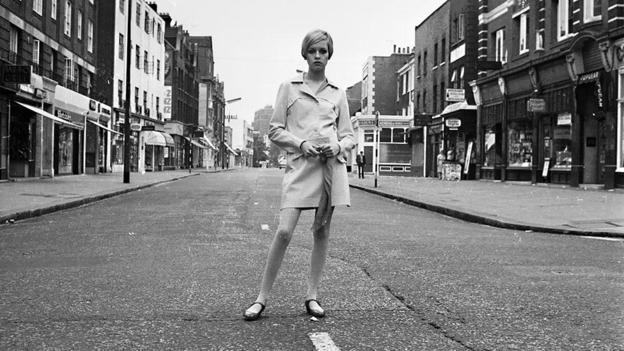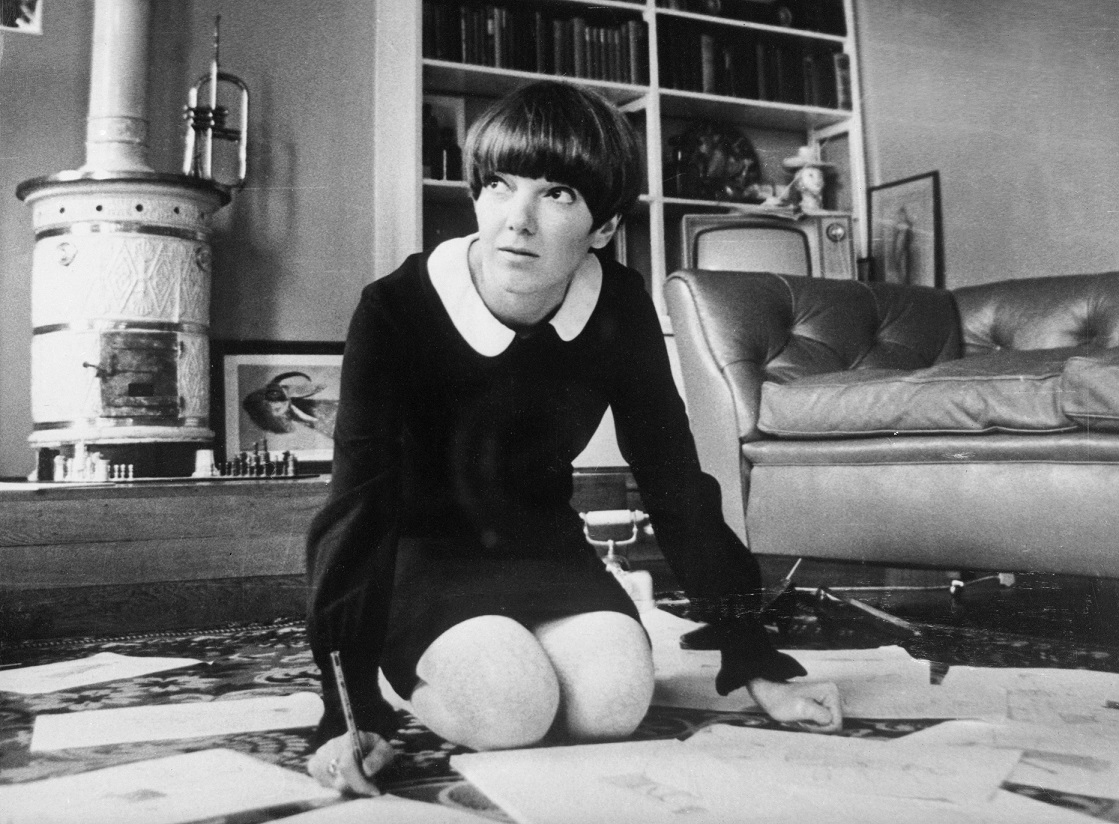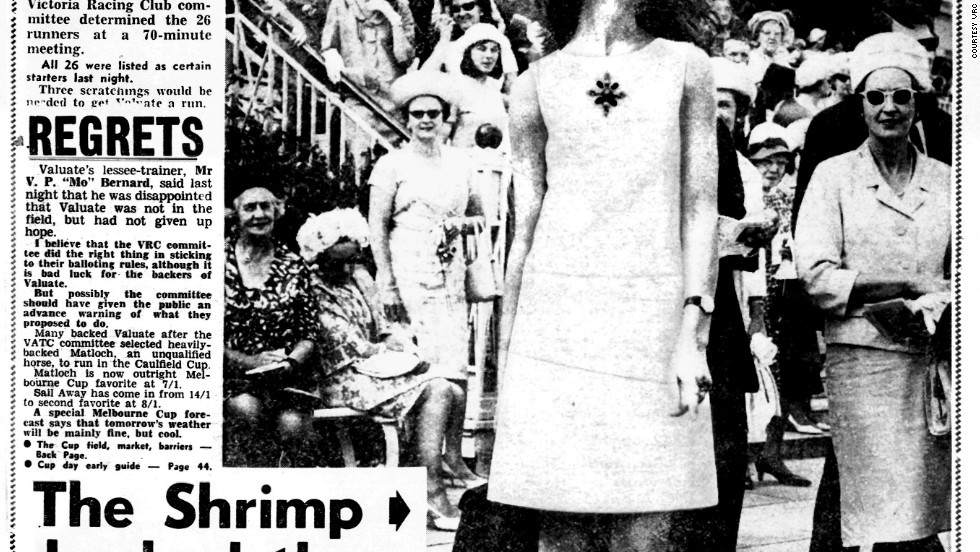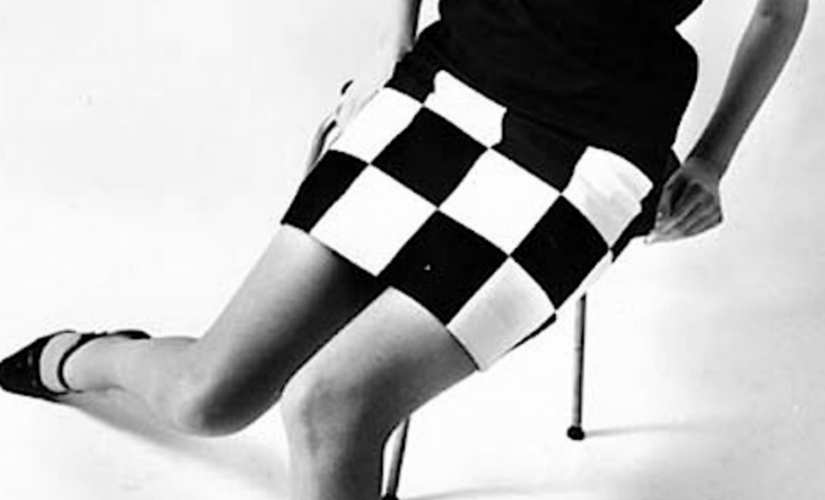A History of the Miniskirt
The iconic miniskirt history is anything but short and sweet, with rebellion, sex, and sixties hedonism at its core. Hitched-up hemlines can date back as far 4700BC, but the miniskirt we know and love today was born out of a youth culture movement that strived to deviate from the repressed post-war 50s fashion. Here, we’ll explore the origins and cultural representations of this worldwide phenomenon that shook up the fashion world.
Short Hemline, Long Timeline
5400 – 4700BC
As we all know, trends fluctuate from era to era, but it’s not all down to whimsical decisions made by experimental designers. Archaeologists have uncovered ancient figurines dating back to 5400 – 4700BC that depict females wearing skirts like the 60s mini, indicating this was a common form of dress in early civilizations. However, it’s impossible to say whether this was purely for practicality or other more liberating reasons.
1920s
What we do know though is that the roaring 20s and the emergence of the flapper girl saw hemlines rise up to the knee. Post-War escapism and progression with women’s rights and emancipation led to this more daring attire. However, after the more conservative calf-length hemline of the 1930s, fabric rationing during WWII brought back a shorter skirt.
1960s
It’s important to note that the miniskirt had slowly begun to creep into the mainstream via 1950s sci-fi movies such as Flight to Mars and Forbidden Planet. But it was the revolutionary swinging 60s where the miniskirt became the cultural icon we recognize today. It signified a political youth movement where teens no longer wanted to dress like their parents. The miniskirt was a playful, rebellious garment, representing the shift in societal dynamics.

Mary Quant & her London Legacy
Despite there being disputes as to who first hitched the hemline north, it was Mary Quant who pioneered 60s fashion in London. Super short skirts and dresses became her signature look, helping to popularize the miniskirt on an international scale.
Origins began with opening her infamous shop, Bazaar, on Kings Road in 1955, where her simple shapes and strong colors challenged the conservative values still prevailing. The 50s was deemed an era where ‘fashion was not for young people’, but Quant was a visionary, and her designs offered locals alternative, bespoke clothes that were a far cry from what was available on the mainstream market.
Famed for being the mother of the miniskirt, her love of short silhouettes can be pinpointed to a specific moment when spying on a dancer during a Chelsea ballet class.
“She was wearing a short, pleated skirt about 10in long, with a skinny black sweater, black tights and a bob haircut. What struck me was how the whole outfit focused on what she had on her feet: a pair of white ankle socks, and a pair of patent tap shoes with ankle straps … From that day on I was struck with this lovely vision of legs and ankles.”
Bazaar became a ‘scene’ in itself; a hedonistic hangout comprising of music, drinks and a shopping experience like no other. Quant’s style appealed to young women all over seeking playful, coquettish fashion that aligned with advancements of sexual expression within society.

Sex, Drugs & Birth Control
The history of the miniskirt is steeped with controversial narratives, rather than just being the result of a creative, frivolous idea. Although the 20s can be regarded as an era where women were more sexually empowered than their predecessors, with burlesque vaudeville shows, flapper dresses, and seductive makeup, there were still limitations to their sexual freedom; the possibility of falling pregnant.
With the 60s came big breakthroughs and revolutionary movements that changed the course of history. One of those was the development of the birth control pill. Now, women could explore and indulge in their sexuality without the fear of falling pregnant, and the miniskirt conveyed this newfound freedom. As middle-aged businessmen gawked at the ‘obscenity’ of such a short skirt, Quant marveled in this extraordinary shift in dynamics. I can just envision it; the middle-class patriarchy angrily shaking their fists at the confident young women embracing their bodies and style, in an attempt to quash any influence they could have on society.
Famous Miniskirt Moments
- Twiggy was the miniskirt movement’s figurehead. Her pixie cut, doe deer eyes, thick lashes, and childlike frame were a stark contrast to the mature debutante style models of the previous decade.
- Jean Shrimpton sparked controversy in 1965 when she sported a miniskirt with no gloves, stockings or hat to the Melbourne Cup Carnival. The nation was that shocked, newspaper front pages led with Shrimpton’s legs instead of the winning horse.
- In 1968, Jackie Kennedy showed solidarity in the miniskirt movement by wearing a short, pleated dress to her wedding to Aristotle Onassis.
- Despite the 70s being an era of wide bell-bottom pants, hippy flowing skirts, Debbie Harry of Blondie revived the miniskirt. It saw a transformation to black leather and PVC, which continued to be a favorite dress for punk bands during the decade.

Make your own Miniskirt
The history of the miniskirt is far from over, and its story is still being written to this day. It’s remained a wardrobe staple, showing up in various fabrics, forms, and shapes, such as the rah-rah skirt of the 80s to the low-rise skirt of the early 2000s. If you feel like flaunting your femininity, make your own miniskirt using customized fabric for a truly bespoke fashion statement.
Feel the difference between over a hundred types of fabrics with your very own fabric swatch pack. Understand the texture, strength, and finish of skirt fabrics by taking a hands-on approach.



